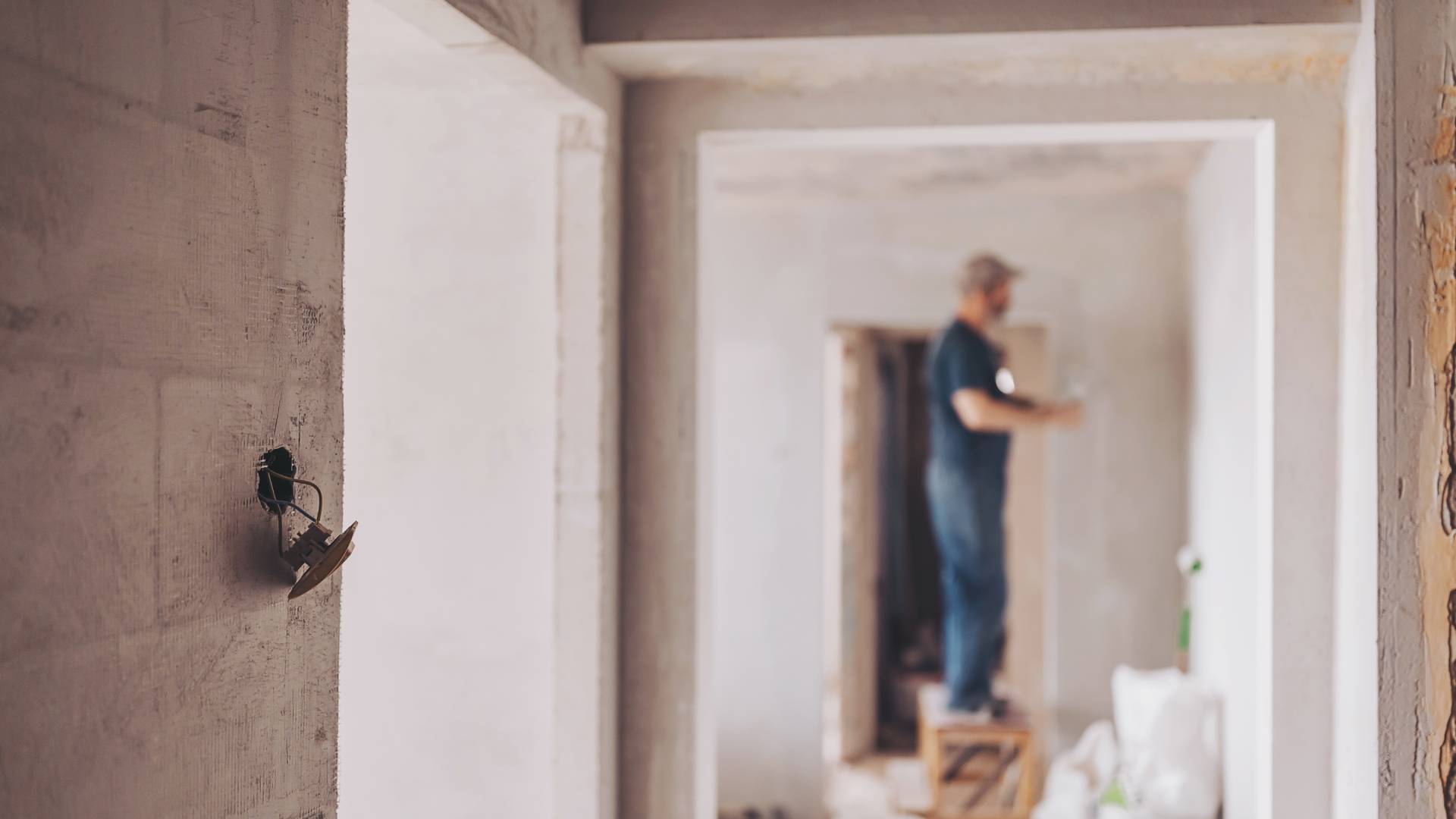4 Simple Tips To Stay Safe When Hanging Drywall

Hanging drywall is a common task in construction and home improvement projects, and it can pose various safety risks if you don’t approach it with caution. Whether you’re a seasoned contractor or a DIYer, you should be aware of the potential hazards of working with drywall. Following safety measures is crucial for a successful and injury-free experience. Read these four simple tips to stay safe when hanging drywall so that the project goes smoothly.
Wear Protective Gear
Drywall installation involves handling heavy and sharp objects, which can cause serious injuries if not handled carefully. Wear appropriate protective gear, such as gloves, safety glasses, a dust mask or respirator, and sturdy work boots when hanging drywall. The gloves will protect your hands from cuts and scrapes while handling the drywall sheets and tools. Safety glasses will prevent debris or dust from getting into your eyes during cutting or sanding.
A dust mask or respirator is necessary to avoid inhaling the fine particles of gypsum in the drywall that can irritate your respiratory system. Lastly, work boots with non-slip soles will provide stability and reduce the risk of slipping while working.
Use Safe Lifting Techniques
Drywall sheets can be quite heavy; a standard 4x8 sheet weighs around 50–70 pounds! Use safe lifting techniques to avoid straining your back or causing other muscle injuries. Bend at the knees, not your waist, and keep your back straight when picking up or moving drywall sheets. Avoid twisting your body while holding the sheet; instead, pivot from your feet.
If possible, have someone help you lift and position the drywall sheets to reduce strain on your body and make the process more efficient.
Secure Ladders and Scaffolding
Working at heights is inevitable when hanging drywall, whether you’re on a step ladder or scaffolding. Make sure these supports are secure before use. Always inspect the ladder or scaffold for damage or defects before climbing. Additionally, position them on stable and level ground, and use leg levelers or stabilizers if necessary.
When working on a ladder, always maintain three points of contact (two hands and one foot) with the ladder at all times. Avoid leaning too far away from the ladder, as it could tip over.
Use Tools Properly
Using tools correctly is essential for achieving quality results and for your safety. If you’re using a power drill to secure drywall screws, secure the bit and keep your hands and clothing clear of the rotating parts. When using a utility knife to cut drywall sheets, always cut away from yourself—never toward your body or hand. Also, knowing when to repair or replace your drywall tools is crucial for preventing accidents and injuries.
By following these simple tips, you can have a safe and successful experience when hanging drywall. Follow manufacturer instructions for safety precautions related to the tools and materials you are using. With precautions in place, you can complete your drywall project without any injuries or setbacks!






